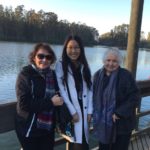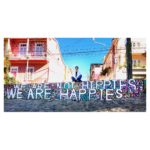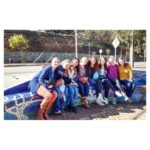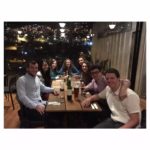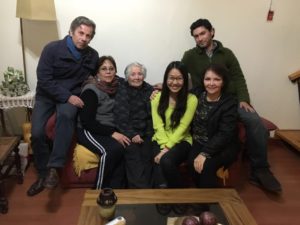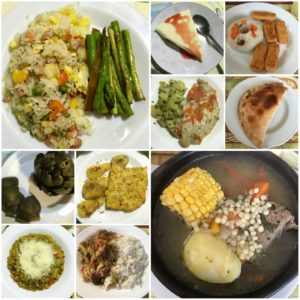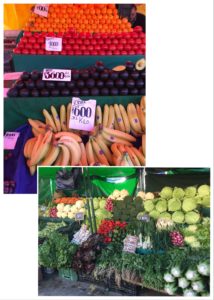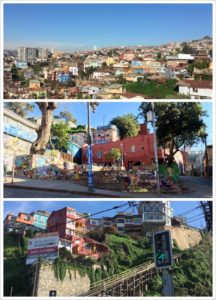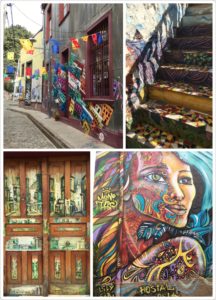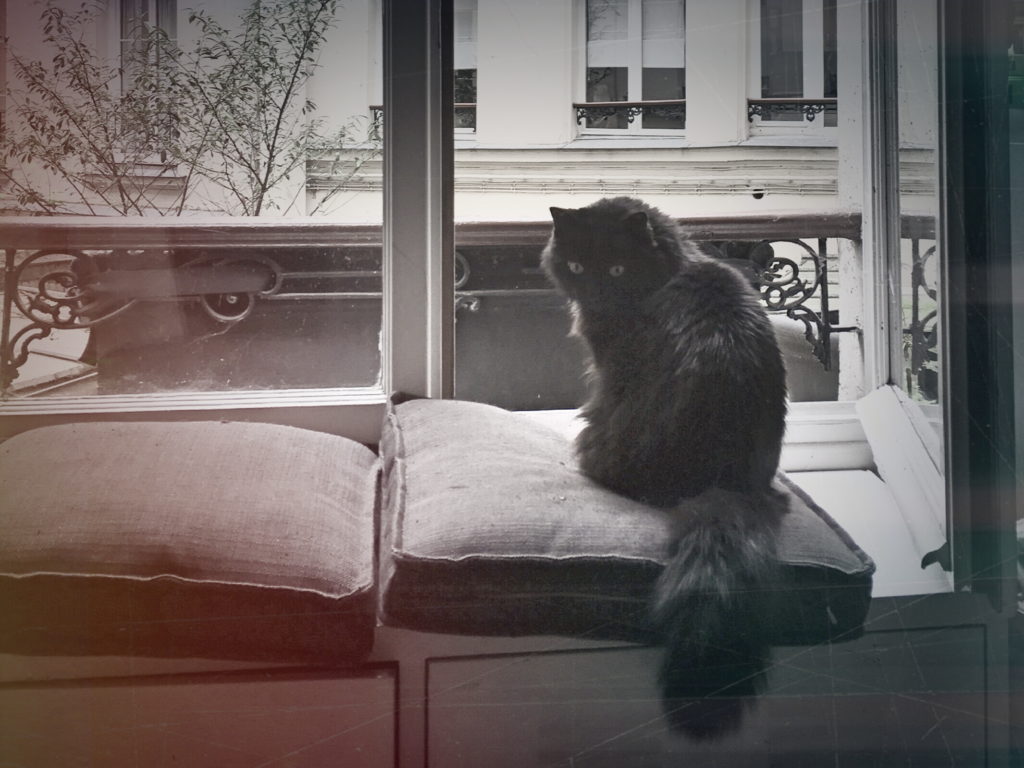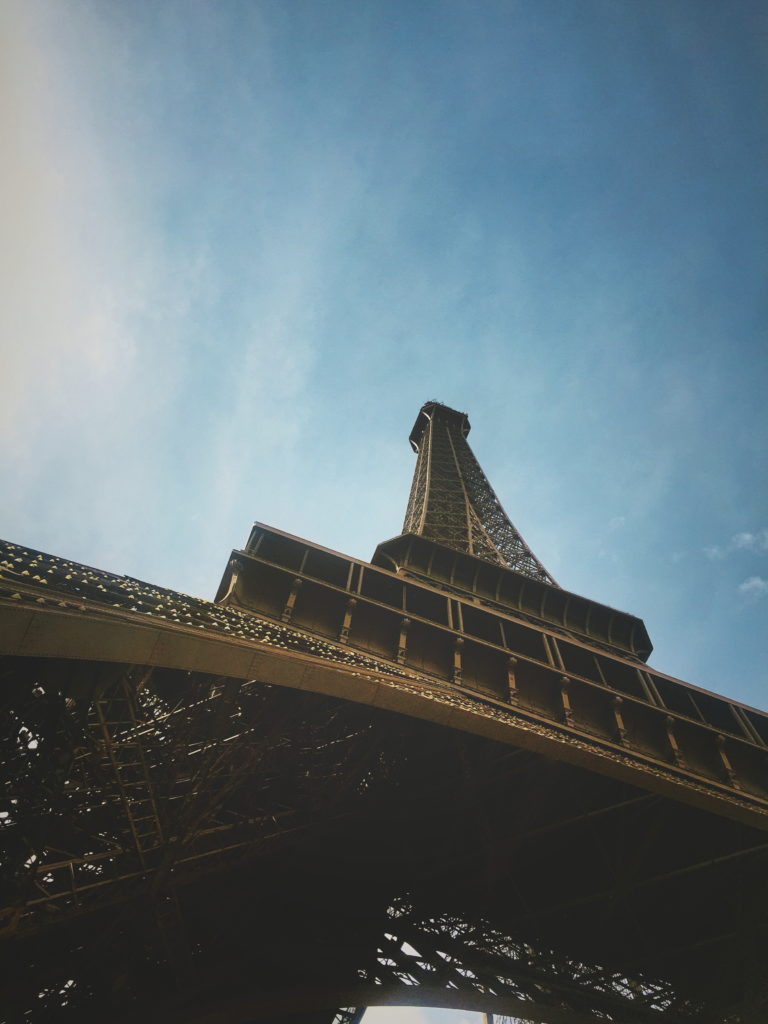I am simply in love with my life here in Tours! It is such a unique and beautiful town… it is difficult not to be happy here. After two weeks as a Tours resident, I know the layout of the town well and have located many sites that are already very special to me. There is a beautiful running park near my host house, funky boutiques to peruse in town and delicious cafes to taste French treats. Wednesday I visited two more of the amazing chateaus, Langeais and Villandry.
On a sports note… European people love, love soccer! My best memory so far was this past Saturday night, the opening game of the Euro Cup, France vs. Belgium.
The Euro Cup is an international soccer tournament between European countries that rotates host countries every four years. This year the host country happens to be France and the French team is predicted to do very well in the tournament so the excitement for the Euro Cup was very strong especially in France. My host family ate dinner early so my housemates and I could go into town to watch the game that started at 9.
In the center of Tours is an open square called Place Plumereau. This fun area is surrounded by small restaurants, shops and of course many, many pubs. The restaurants and pubs had all erected large screen televisions exhibiting the game and “Place Plume,” as it is nicknamed, was packed with fans. When I walked into the square, the French flag was instantly painted on both my cheeks. Just before 9, voices blared out the French national anthem and the game began.
Despite the extreme tension between the general French public and government right now, the French national pride was tangible. For the two hours of the game, nothing could be heard about the French chants. My favorite is : “Qui ne saute pas, n’est pas francais, hey!” (Who does not jump is not French). Everyone would chant the same line again and again and jump up and down. France ended up winning the game and the celebratory parades continued all night throughout town.
Standing in Place Plume with many of my new friends – all from different countries, bonding over the experience of learning French and sharing the experience of cheering for France with French nationals – is an experience I will cherish forever. No one wanted the night to end.
